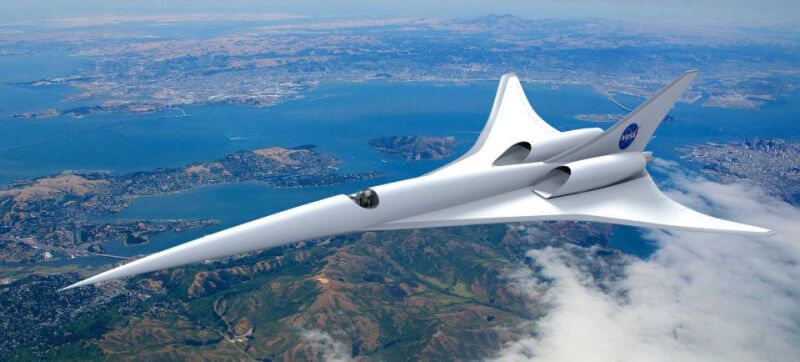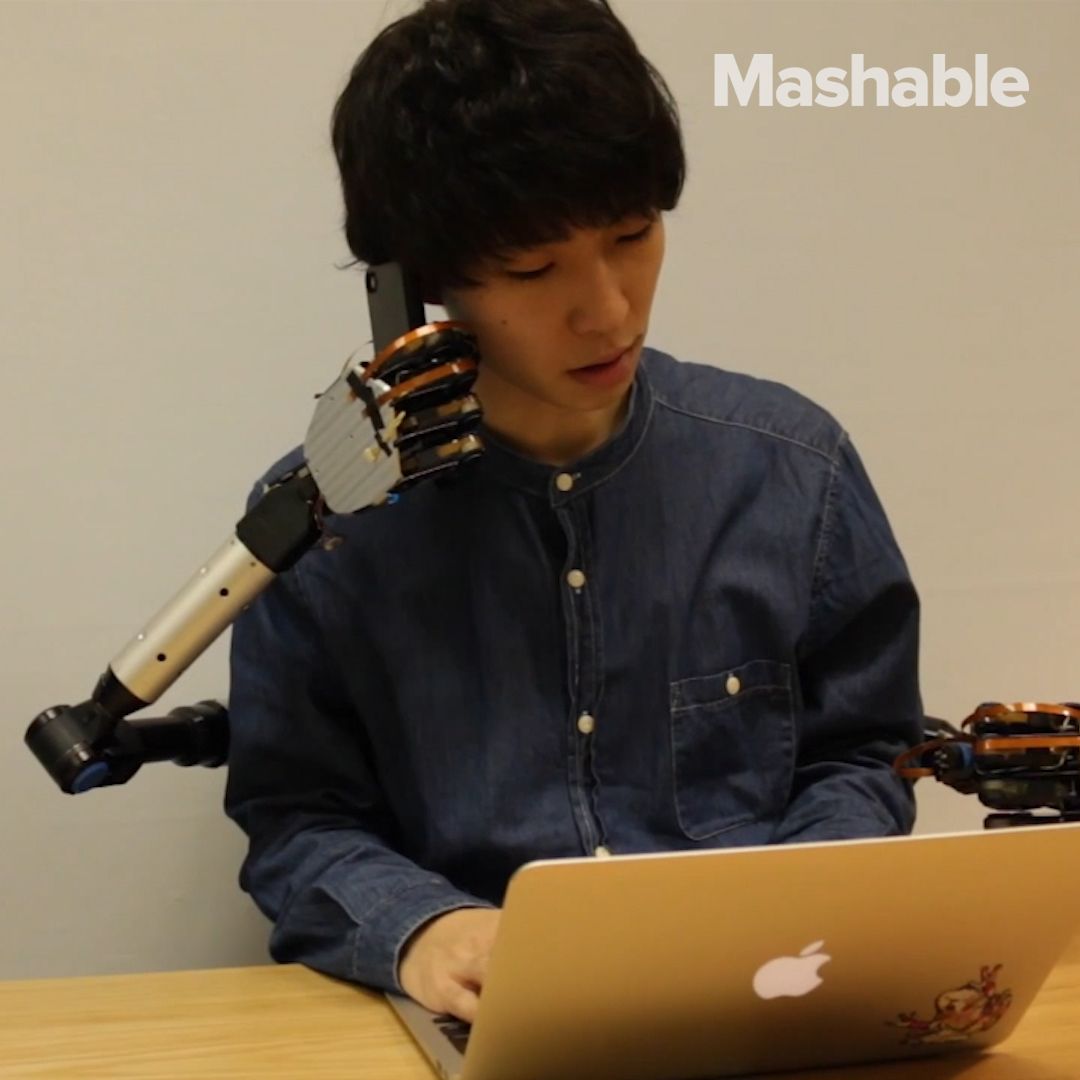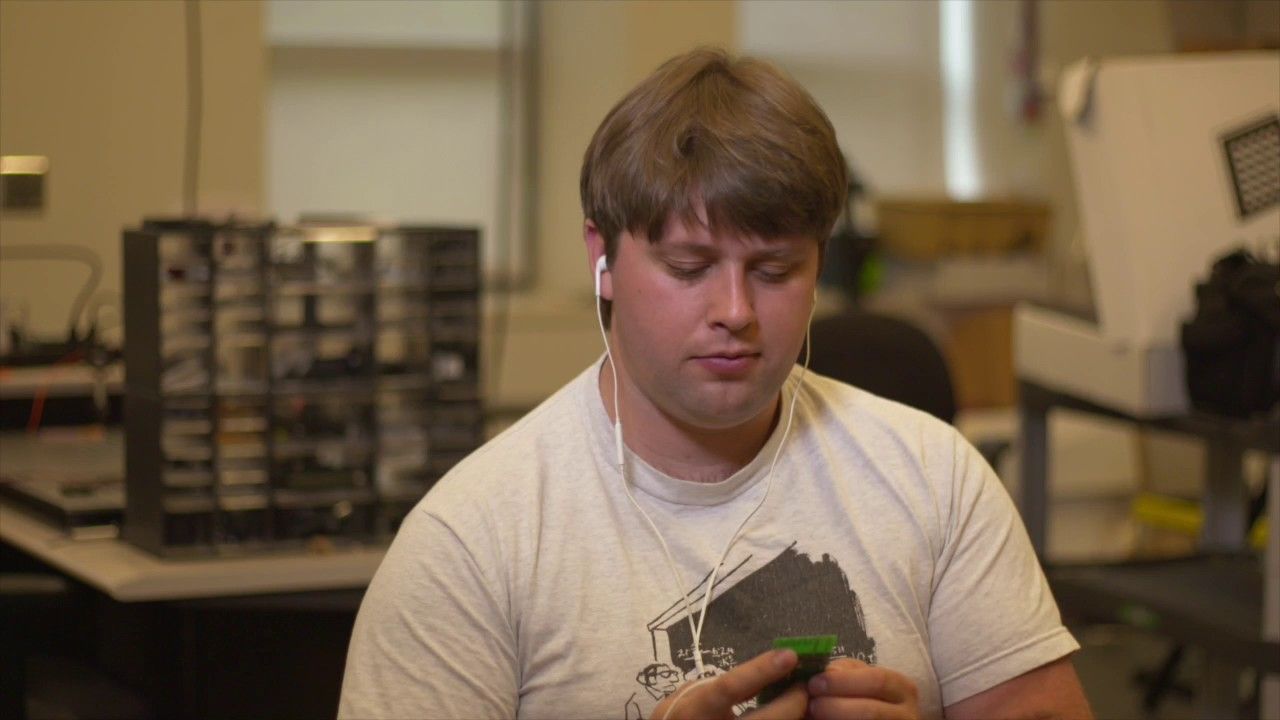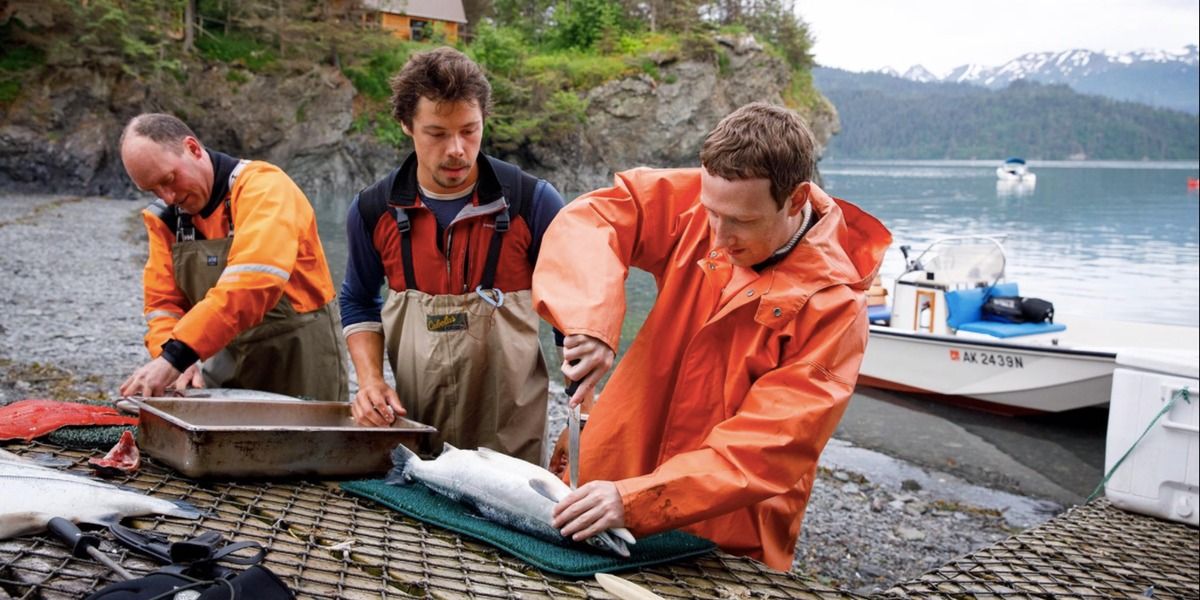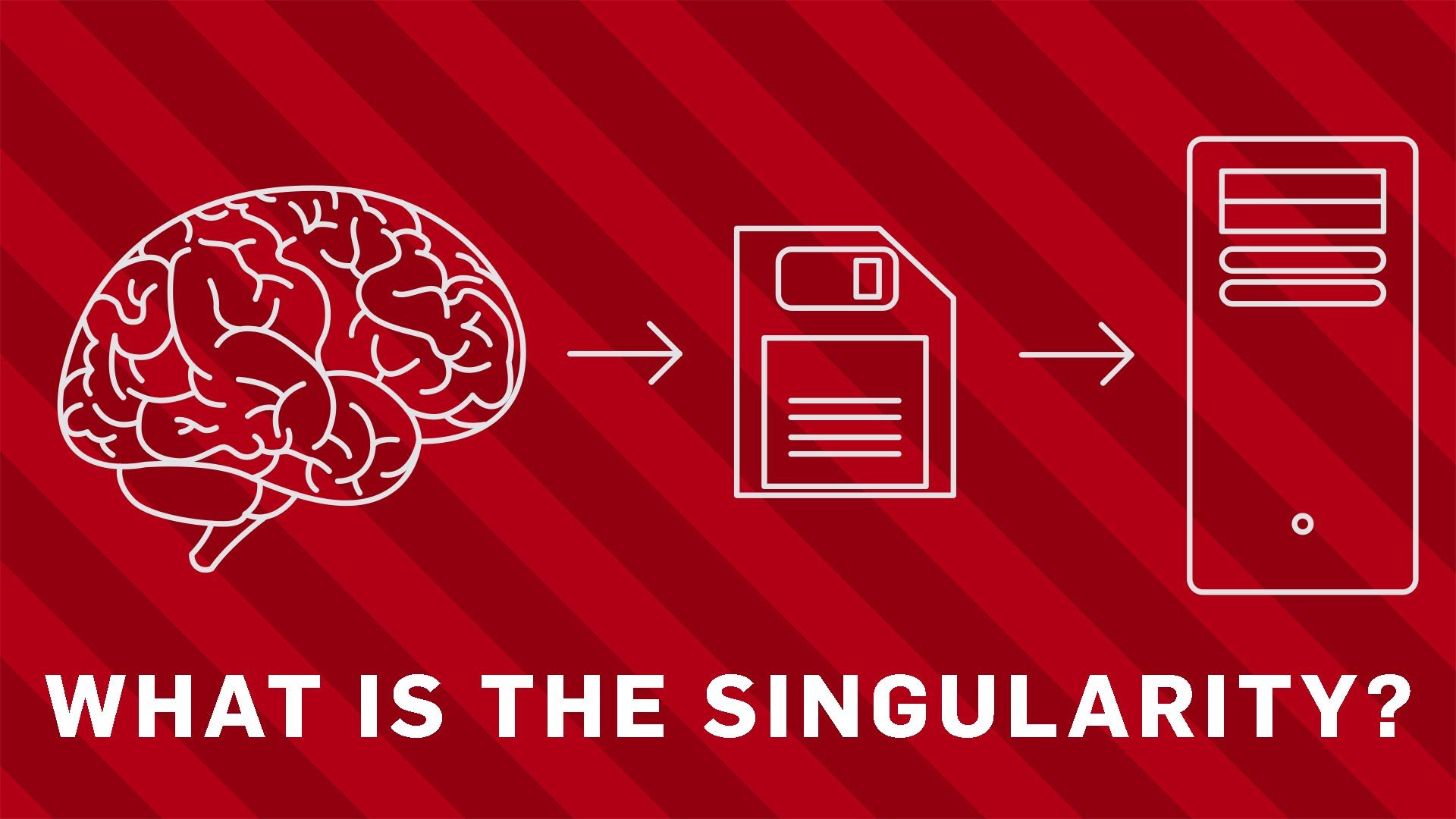Jul 8, 2017
The mystery planet that could destroy the Earth
Posted by Sean Brazell in categories: entertainment, space
Just in time for summer movie season comes news that something huge is lurking out there at the edge of the solar system. It’s really big. It’s never before been detected. It’s warping gravity fields.
No, it’s not the latest Michael Bay disaster-fest or the mothership from “Independence Day.” It’s not the hypothesized Planet 9 that everyone was talking about a little over a year ago. Probably it’s another planet. Or maybe that mothership.


